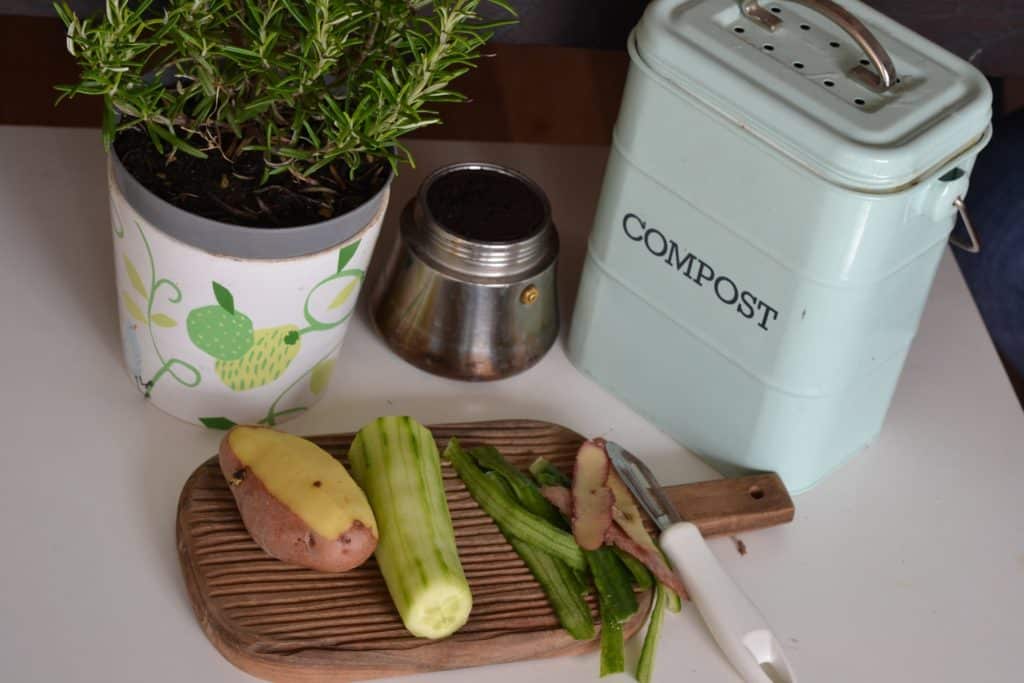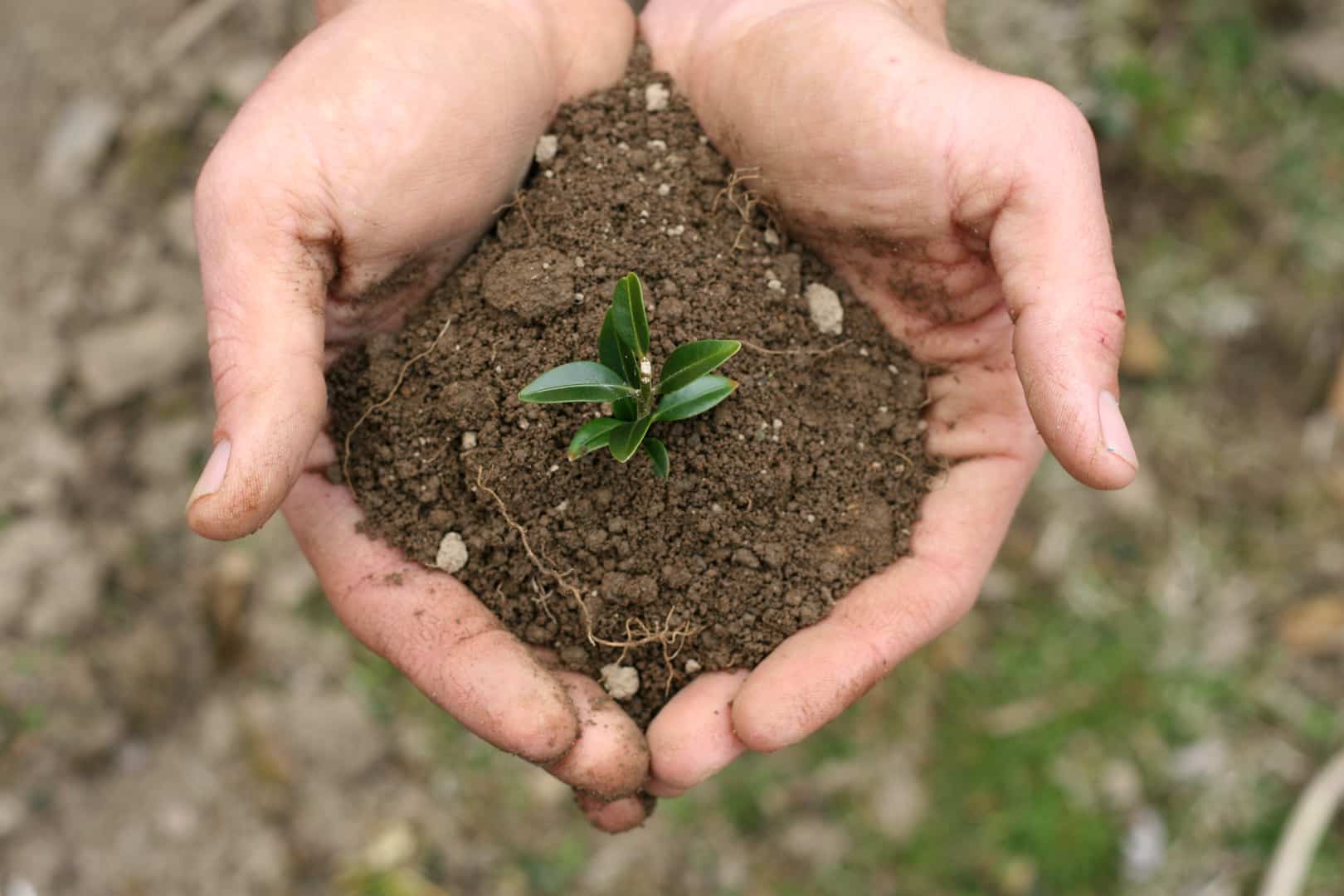At the beginning of this year (2022), a California law went into effect mandating that all businesses and residences toss organic materials into green waste bins for composting, rather than into the trash. This includes veggie and fruit scraps, eggshells, coffee grounds, teabags and much more.
Senate Bill 1383 was created to cut down on the environmental impact caused by methane emissions from organic materials decomposing in landfills. California landfills are the third-largest source of methane emissions in the state. They comprise a whopping 20 percent of the state’s total methane emissions.
Good for SoCal Soil
Half of California’s total landfill waste is organic. The goal is to direct that tonnage of food scraps to facilities where they transform the scraps into compost rather than letting the material rot and outgas. This will lead to a cleaner and greener state.
But did you know that rather than dumping your scraps into your green waste bin, you can easily compost all that trash? By doing so, you’ll create rich, ready-to-use compost that is good for your garden. Compost is full of nutrients and beneficial microbes for your soil and plants. This natural amendment also conditions the clay soil common in SoCal. Make your own compost, and you also save a substantial amount of money on soil amendments.

Composting is one of the many ways you can do your part to create an environmentally friendly home that’s better for our state and planet. In addition to reducing methane emissions, composting helps cut down on food waste. According to the United States Department of Agriculture (USDA), food waste accounts for 30 to 40 percent of the food supply. Start saving all your kitchen scraps and recycling them, and you can help reduce that percentage.
Types of Composting
You’ll find three main types of composting to choose from. These are worm composting, hot composting and cold composting. All three types of composting produce nutrient-rich soil amendment.
Worm Composting
If you lack the room to do traditional composting, try worm farming. Vermicomposting is a great way to create compost in a small space. This refers to using red worms to compost kitchen waste and dry plant materials to make black, earthy-smelling, nutrient-rich humus perfect for use as a fertilizer and soil amendment. The worms actually do all of the work for you. You simply feed them table scraps and yard waste. And the worms respond by producing nutrient-rich castings (a delicate way of saying worm poop).
Though it sounds like a messy proposition, worms can boast that their excretions don’t stink! They will noiselessly convert mounds of kitchen scraps like coffee grounds and vegetable trimmings into a rich, nearly odorless soil amendment. Best of all, you can do worm farming indoors!
Cold Composting
In many SoCal gardens, it’s difficult to fit the standard-sized compost bin into the landscape. For an even simpler method that fits tight spaces, try this method featured in Southern California Vegetable Gardening.
Here are the steps:
1) Use a sharp instrument like an ice pick to make a bunch of holes in the lids and sides of the trashcan, about every 3-4 inches.
2) Put the trashcan in an area that gets bright light. It can go in direct sunlight during the cool months but place the bin in some shade during the hot summer months.
3) Put into the trashcan equal parts dry (carbon) ingredients, like dried leaves and ground up stems/branches, along with wet (nitrogen) ingredients like vegetable and fruit scraps and lawn clippings (as long as you don’t treat your lawn with pesticides and it isn’t full of weeds.)
4) Add a bag of composted chicken manure or compost starter.
5) Wet the contents to moisten and mix ingredients well.
6) Put the lid on the trashcan.
7) Mix periodically or let it sit. The more you mix, the sooner it will make compost for you.
8) Enjoy some nutritive compost for your plants in 4 to 6 months!
Hot Composting
Hot composting refers to getting the compost heated up so that it more quickly breaks down, and you have compost in as little as 4 to 6 weeks. You need the same ingredients of veggie and fruit scraps and garden clippings mixed with manure or compost starter.
To hot compost, you either need a large compost bin and a place to put it, or a composter tumbler. The latter work well in SoCal, because they fit tighter spaces. And rather than having to use a shovel or pitchfork to turn the compost, you simply spin the tumbler. Whether you use a bin, pile in the backyard or tumbler, the more volume of materials you have and the more often you turn the materials, the more quickly you will get compost.

